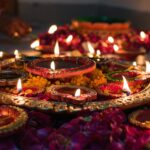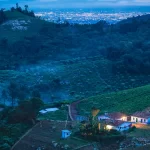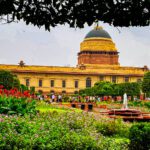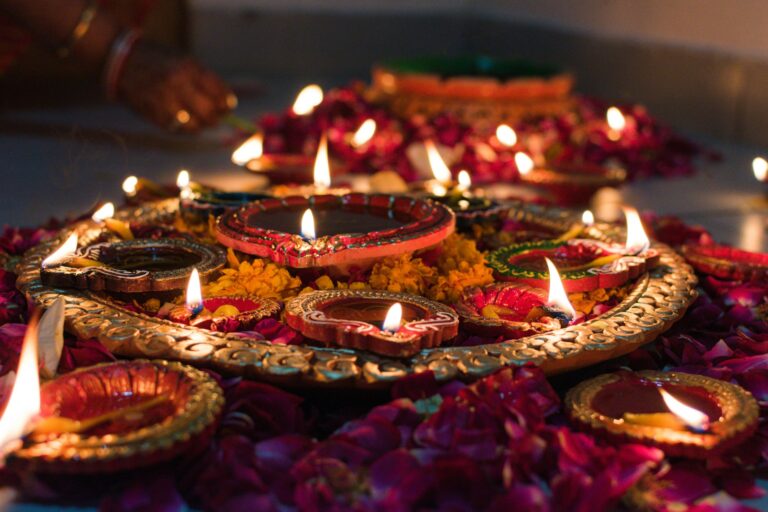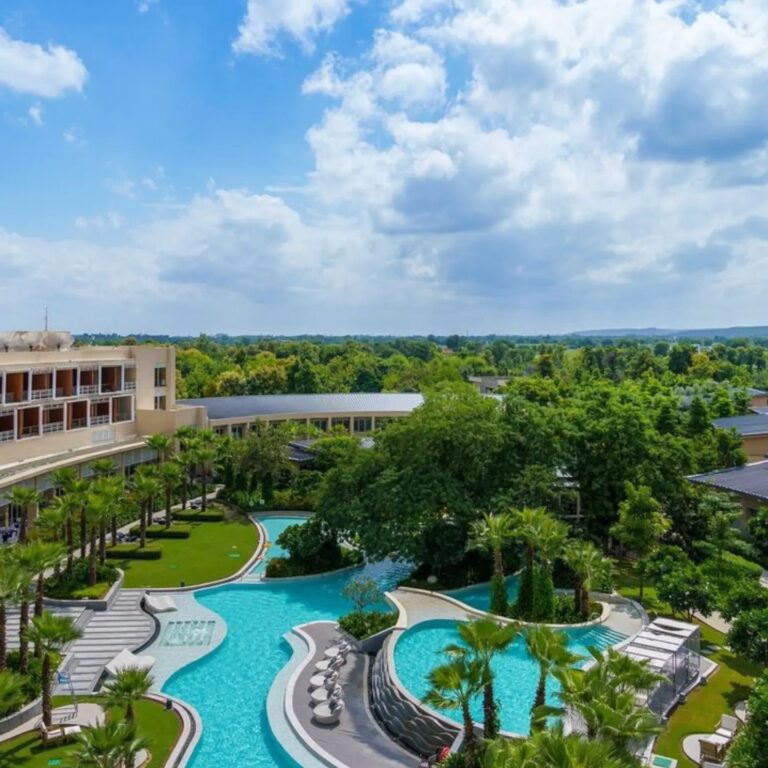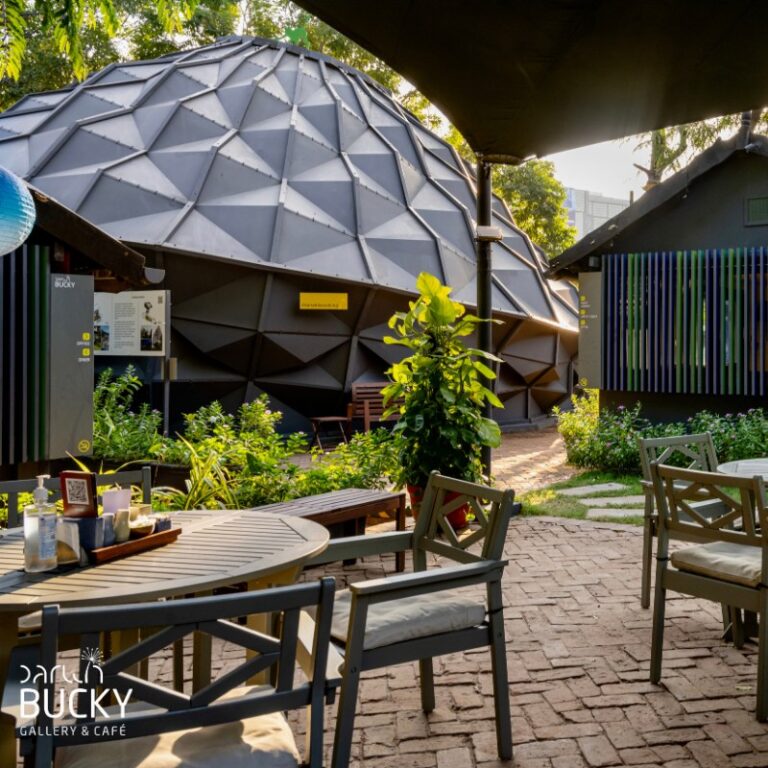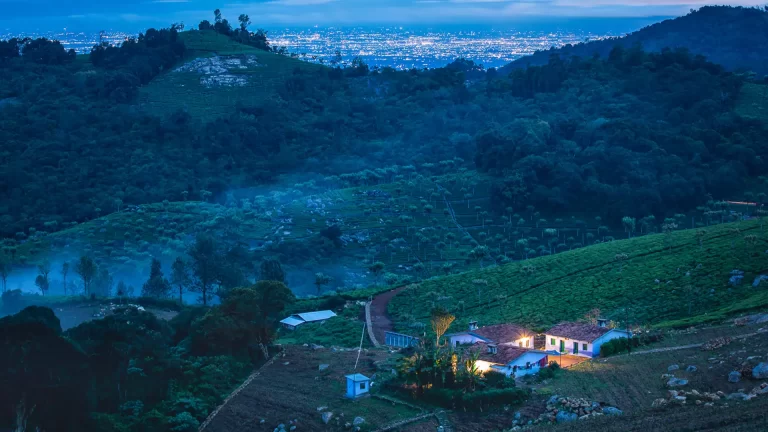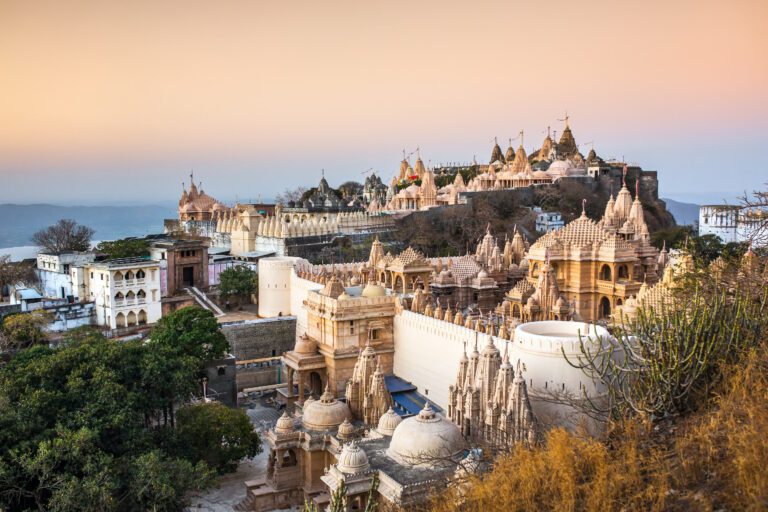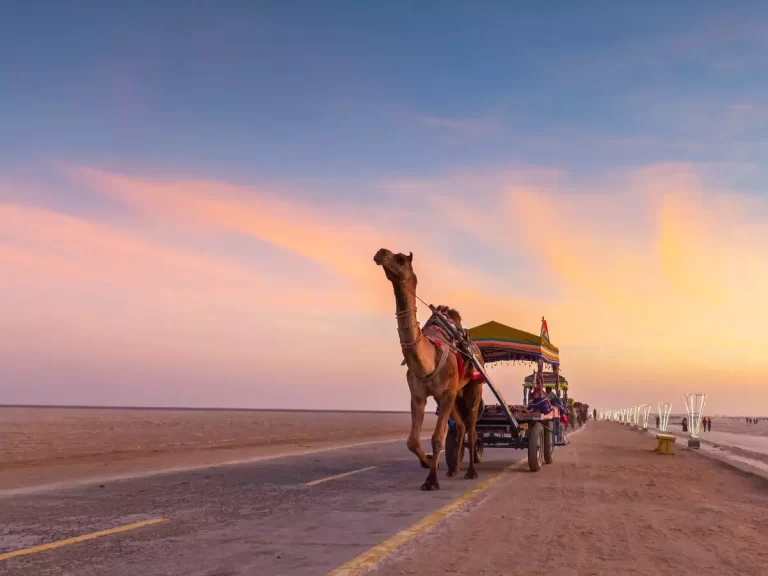Jaipur, the capital of Rajasthan, is a city rich in history, culture, and vibrant local life. Its iconic pink-hued palaces, majestic forts, bustling markets, and diverse culinary offerings make it a must-visit destination. However, given its intense summer heat, timing your visit according to Jaipur’s seasonal and cultural calendar can greatly enhance your experience. Here’s an in-depth guide to help you plan the best time to visit Jaipur.
Table of Contents
Best Time to Visit Jaipur
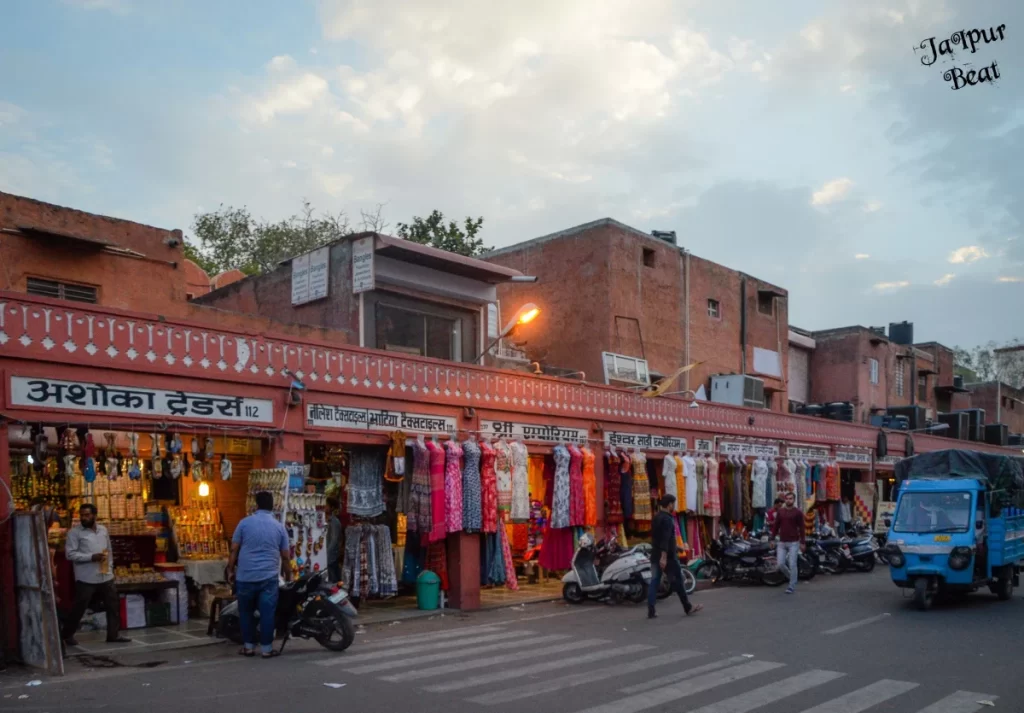
The optimal time to visit Jaipur is from October to March, during the winter months. This period boasts delightful weather with cool breezes and pleasant daytime temperatures ranging from 11°C to 27°C, perfect for exploring the city’s landmarks such as Amer Fort, City Palace, and Hawa Mahal. The winter season also coincides with major events like the Jaipur Literature Festival in January.
The cooler climate makes it ideal to stroll through markets like Johri Bazaar and Bapu Bazaar, and enjoy rooftop dining with stunning city views. Keep in mind, this is the peak tourist season, so accommodations and flights tend to be pricier.
Also Read: Top 9 Restaurants for a Lunch with a View in Jaipur
Jaipur’s Temperature Through the Year
- April to June: 27°C – 39°C
- July to August: 24°C – 34°C
- September to November: 13°C – 33°C
- December to March: 8°C – 27°C
Off-Season in Jaipur
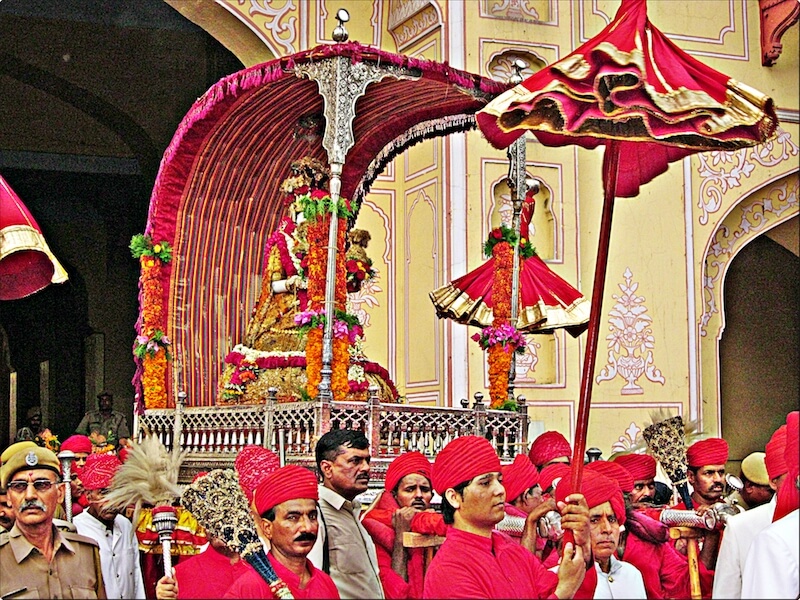
From April to October, Jaipur experiences its off-season, characterized by scorching summer temperatures and monsoon rains. This period sees fewer tourists, leading to lower accommodation rates and a more relaxed travel experience. Despite the heat and humidity, visiting during this time can be rewarding with quieter streets and discounted stays. Notably, the Teej Festival in the monsoon season offers a vibrant cultural spectacle with colorful processions and traditional festivities.
How Long to Stay in Jaipur
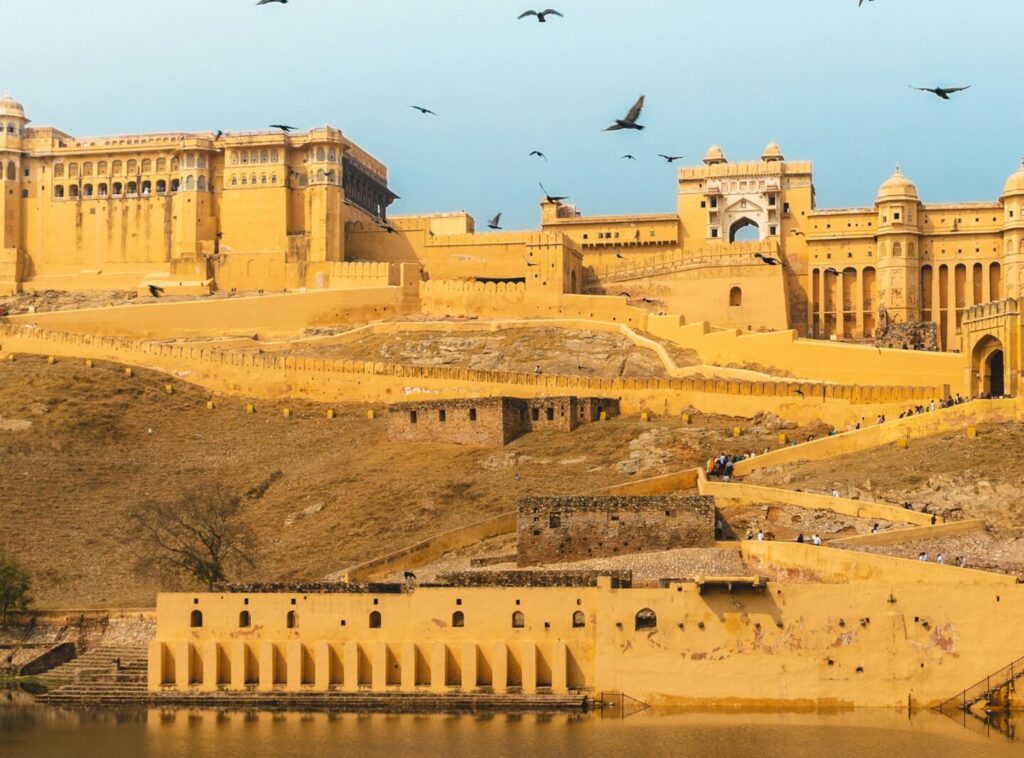
A three to four-day trip is ideal to appreciate Jaipur’s rich heritage fully. Start with a visit to Amer Fort for its stunning city views, then head to the City Palace to admire its opulent architecture and museum exhibits. Don’t miss the Hawa Mahal, known for its unique façade, and the Jantar Mantar, an impressive astronomical observatory.
Jaigarh Fort offers panoramic views and insights into Jaipur’s military history. For shopping, visit Nehru Bazaar for traditional juttis and Tripolia Bazaar for beautiful bangles. Chandpole Bazaar provides a taste of local life and artisanal crafts. End your visit with relaxation at Ram Niwas Garden or the picturesque Jal Mahal. Indulge in local delicacies like crispy kachoris, flavorful dal baati churma, and sweet ghewar for a delicious Rajasthani culinary experience.
Best Time for Cultural Festivals
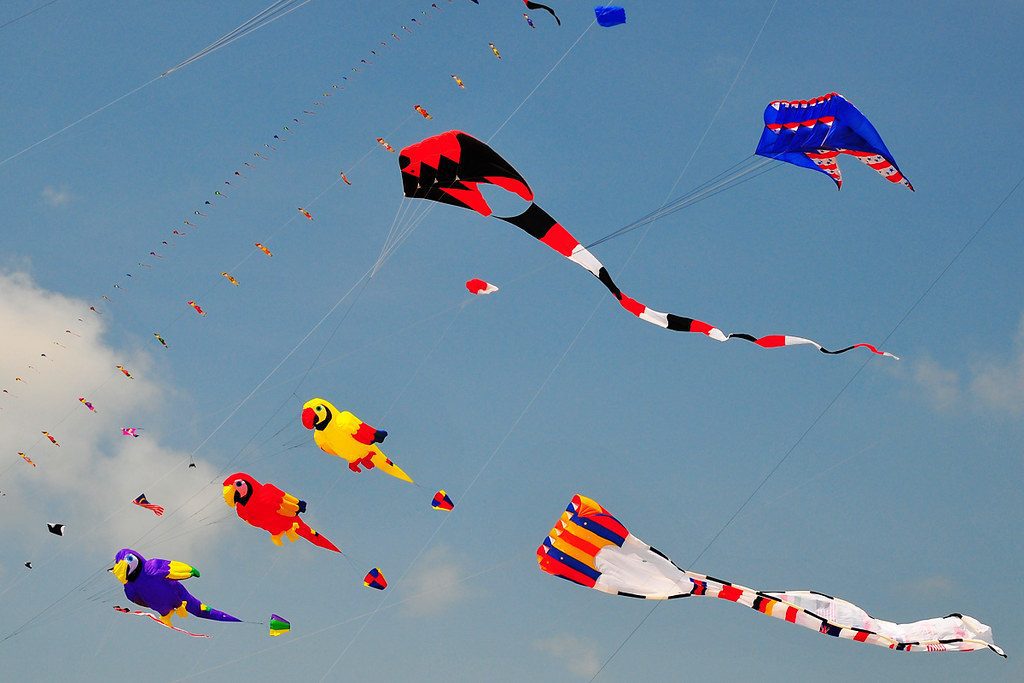
To immerse yourself in Jaipur’s cultural scene, plan your visit around its lively festivals. The Kajli Teej Festival in August celebrates the monsoon with vibrant processions and traditional dances. In March, the Gangaur Festival features elaborate processions and folk dances in honor of the goddess Gauri.
January’s Makar Sankranti, or the Kite Festival, fills the skies with colorful kites, creating a festive atmosphere. Jaipur Dussehra, held in September or October, includes dramatic reenactments of the Ramayana and grand processions, offering a deep dive into local traditions.
Visiting Jaipur at the right time can make your experience truly unforgettable, whether you’re exploring its historic sites, engaging in cultural festivities, or savoring its culinary delights.

